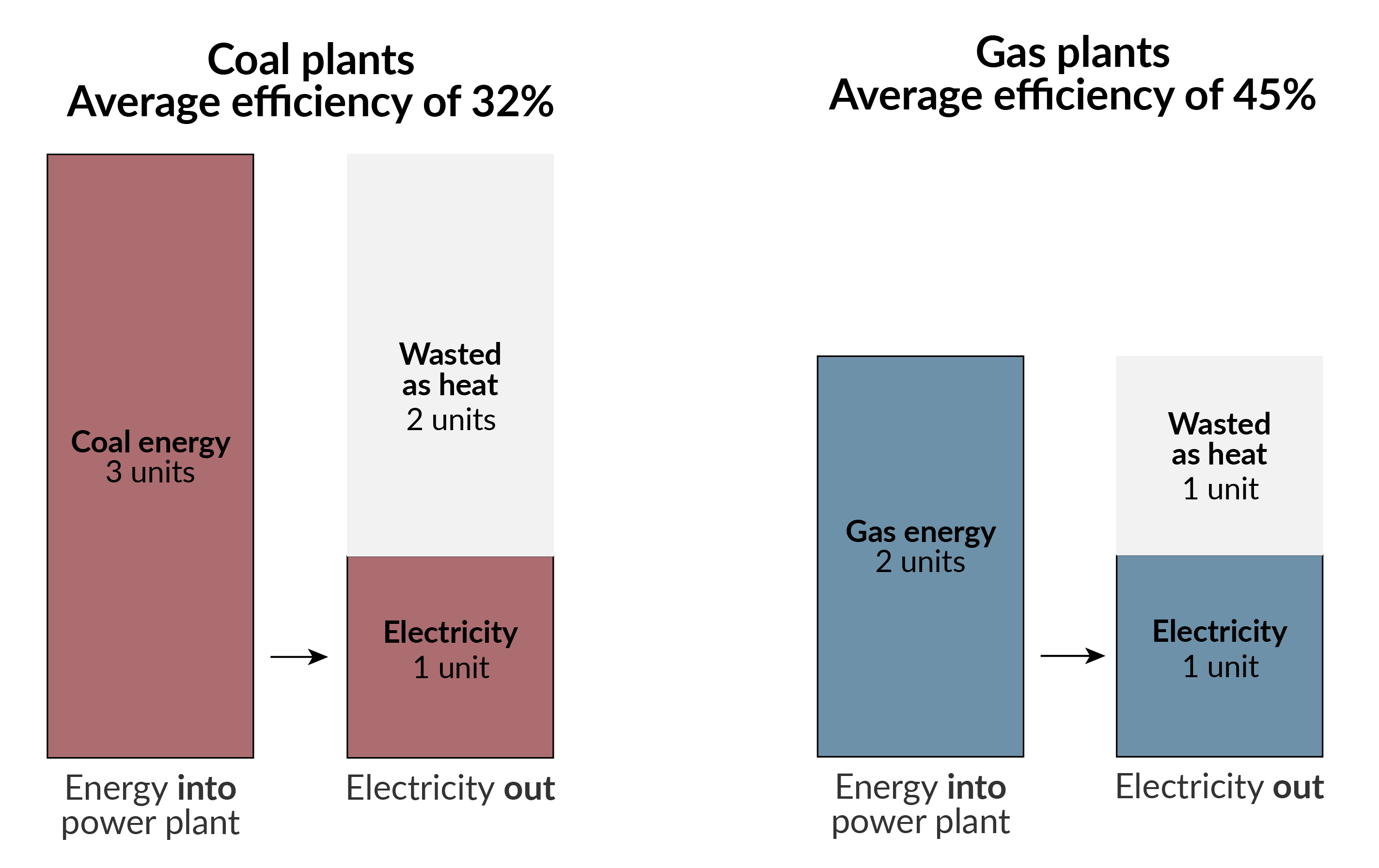
Mastering the Art of Energy Generation Calculation
In the realm of sustainable energy, understanding how to calculate energy generation is fundamental. This article serves as a practical guide, breaking down the essential steps to accurately quantify energy production and harness the full potential of renewable sources.
Defining the Basics: Energy Generation and Units
Before diving into calculations, it’s crucial to grasp the fundamentals. Energy generation refers to the process of producing usable energy from various sources, such as solar, wind, or hydro. Units like kilowatt-hours (kWh) are commonly used to measure energy output.
Solar Energy Generation Calculation
For solar energy, calculating generation involves assessing the incident solar radiation, system efficiency, and time. The formula typically involves multiplying the solar radiation, system efficiency, and time duration. This calculation provides an estimate of the energy produced by solar panels.
Wind Energy Generation Calculation
Wind energy calculations consider the wind speed, turbine efficiency, and the area swept by the turbine blades. The formula involves the kinetic energy of the wind and the efficiency of the turbine. Understanding these variables helps project the potential energy yield from a wind power system.
Hydropower Generation Calculation
Hydropower relies on the gravitational force of flowing or falling water. The energy generated is calculated by assessing the water flow rate, gravitational force, and the efficiency of the hydropower system. These calculations are vital for predicting the electrical output of a hydropower plant.
Biomass and Bioenergy Generation Calculation
Calculating energy generation from biomass involves evaluating the energy content of the biomass material and the efficiency of the conversion process. For bioenergy, the calorific value of the biofuel and the efficiency of the combustion or conversion process are key factors.
Understanding Capacity Factor
Capacity factor is a crucial metric in energy generation calculations. It represents the actual energy output relative to the maximum potential output over a specific period. Calculating the capacity factor provides insights into the reliability and efficiency of a power generation system.
Considering Losses and Efficiency
In any energy generation system, losses occur during conversion and transmission. Calculating energy losses and efficiency helps in fine-tuning the system for optimal performance. Identifying areas of improvement enhances overall energy production.
Utilizing Advanced Tools and Software
While manual calculations are insightful, advanced tools and software streamline the process. Various online calculators and software platforms offer accurate and efficient energy generation predictions. These tools consider multiple parameters and are valuable resources for professionals in the field.
Real-World Applications and Case Studies
To solidify understanding, exploring real-world applications and case studies is beneficial. Examining successful energy generation projects provides practical insights into the factors influencing calculations and the challenges encountered in various contexts.
Continuous Monitoring and Adjustment
Calculating energy generation is not a one-time task. Continuous monitoring, data collection, and adjustment are essential for ensuring optimal performance. Regular assessments help identify changes in environmental conditions or system components that may affect energy output.
Empowering Sustainable Futures with Energy Calculations
For a comprehensive guide on how to calculate energy generation and optimize renewable energy systems, visit keozanara.my.id. Harness the power of accurate calculations, contribute to sustainable practices, and pave the way for a cleaner and greener energy future.


